
Qazwan Rosary
April 3rd, 2025 to May 3rd, 2025
Qazwan Rosary, 2025
Cotton-stuffed clothing, wild pistachio (Qazwan) seed rosaries wrapped around six life-sized doll-like sculptures.
Courtesy of the Artist
Produced with the support of ZR Art Gallery
Photos by Bnwar Rzgar Abdulrahamn
Qazwan Rosary was exhibited alongside three of my paintings from the Beyond Gender Molds series at the Ego Sum exhibition at the Palace of Fine Arts in Krakow (3 April – 3 May 2025). Curated by Wacław Kuczma and Ziyad Raoof, the exhibition featured works by Kurdish female artists exploring identity, gender, and resistance.
Qazwan Rosary presents six life-sized sculptures of women as nude, doll-like figures, crafted from leggings and clothing stuffed with cotton. Their nudity confronts the concept of Haram (forbidden) in traditional and religious communities, challenging societal taboos. By exposing the figures’ private parts, the installation emphasizes themes of shame, vulnerability, and the policing of women’s bodies in patriarchal societies.
Encasing the figures are tightly spiraling lines of rosaries made of Wild Pistachio (Pistacia atlantica) seeds—a material deeply rooted in Kurdish culture. These rosaries form intricate patterns that bind the women’s bodies, symbolizing cultural, societal, and religious restrictions that suppress individuality.
In Kurdish and broader Middle Eastern contexts, the rosary is a masculine object, particularly in traditional and religious settings, symbolizing control, discipline, and piety. By reclaiming the rosary in this work, the installation critiques gendered power dynamics and reimagines the rosary as a metaphor for the burden of expectations placed on women.

Paintings Exhibited Alongside the Installation
As part of the Ego Sum exhibition, three paintings from my Beyond Gender Molds series were also shown alongside Qazwan Rosary:


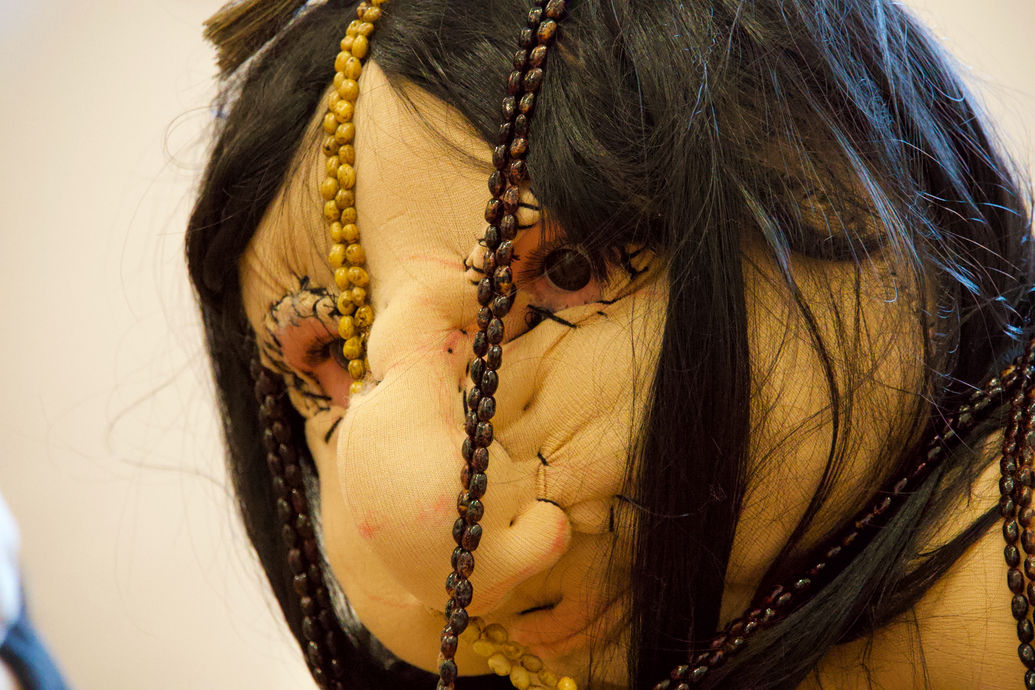





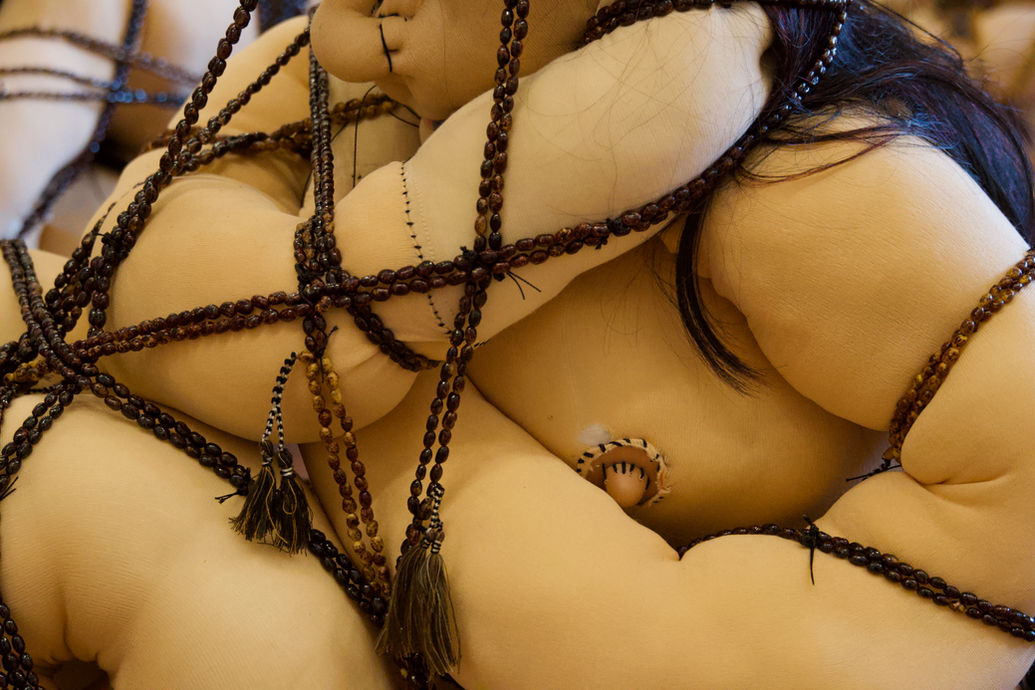
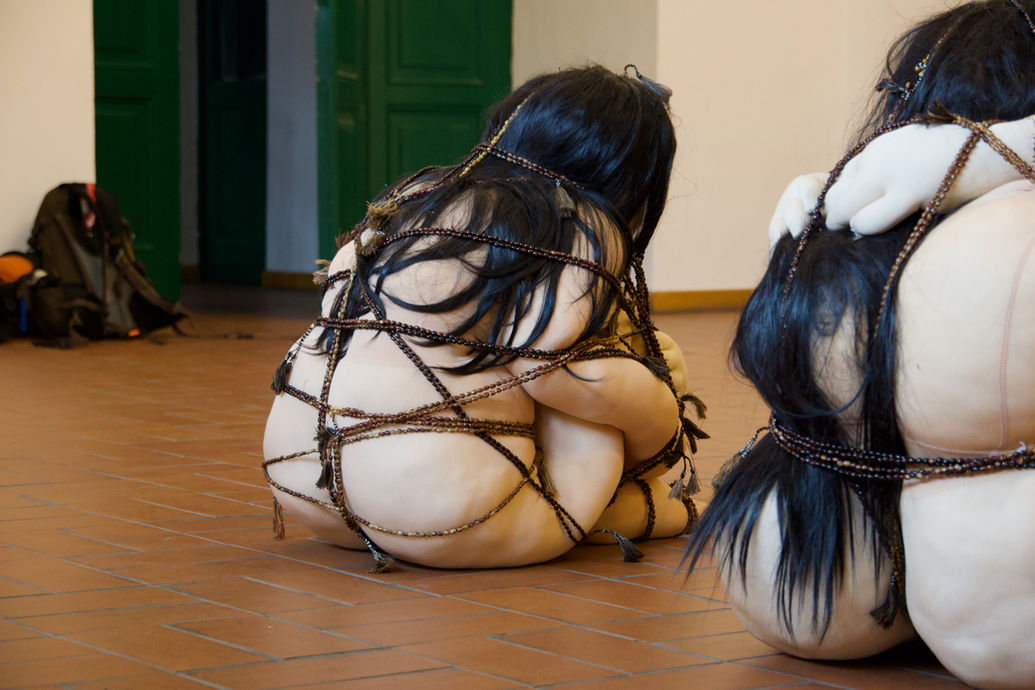
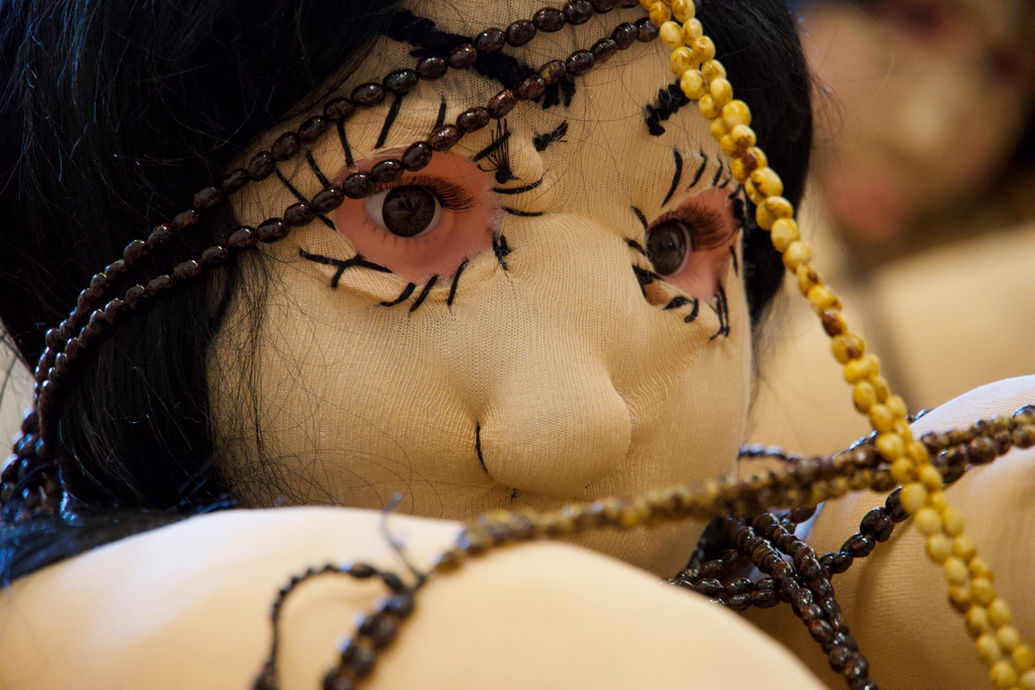


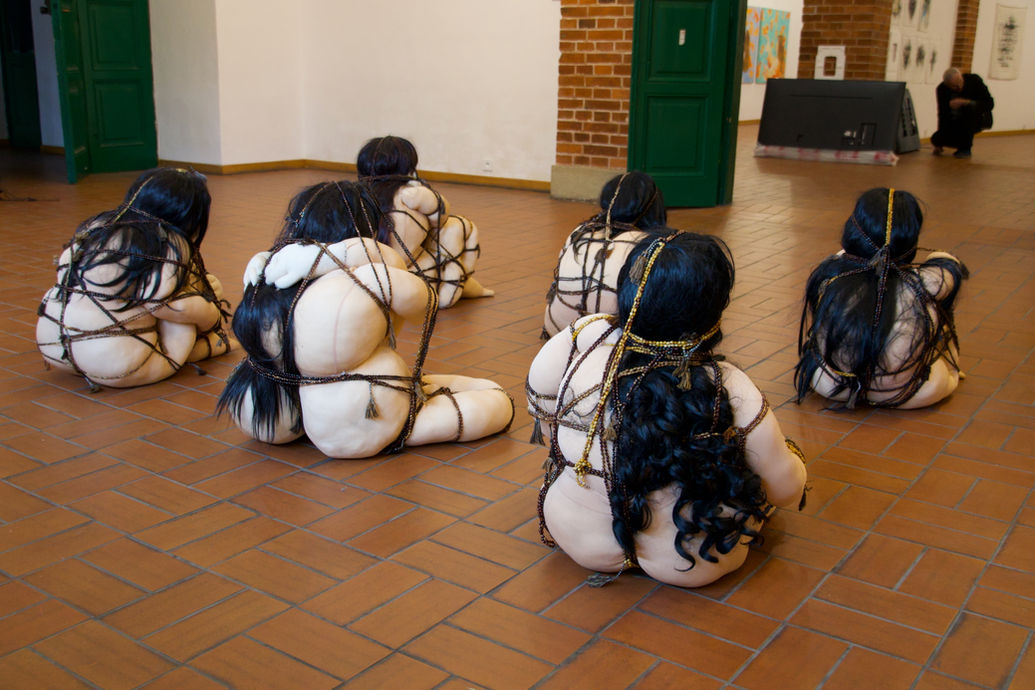






.jpeg)